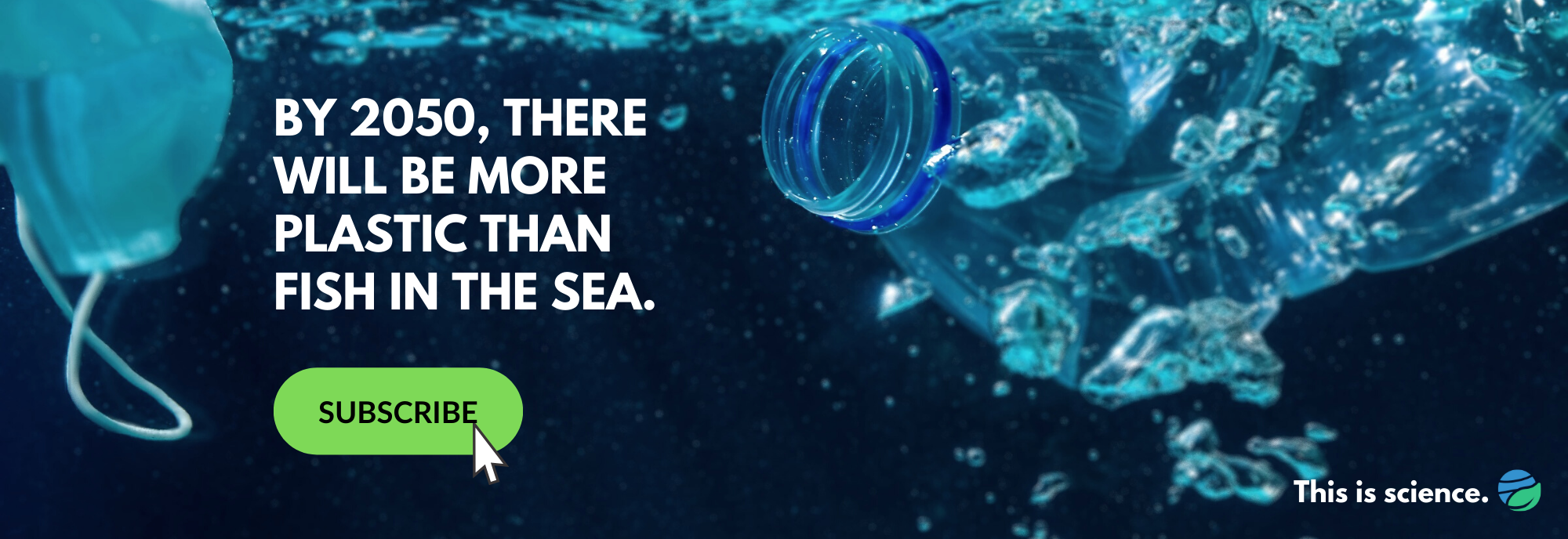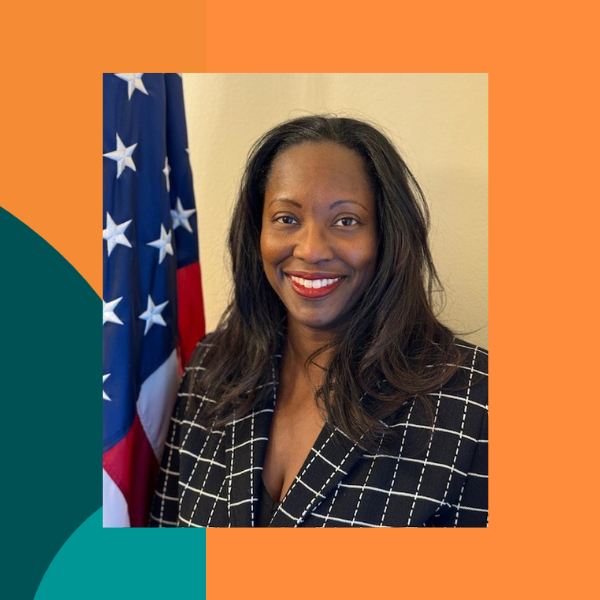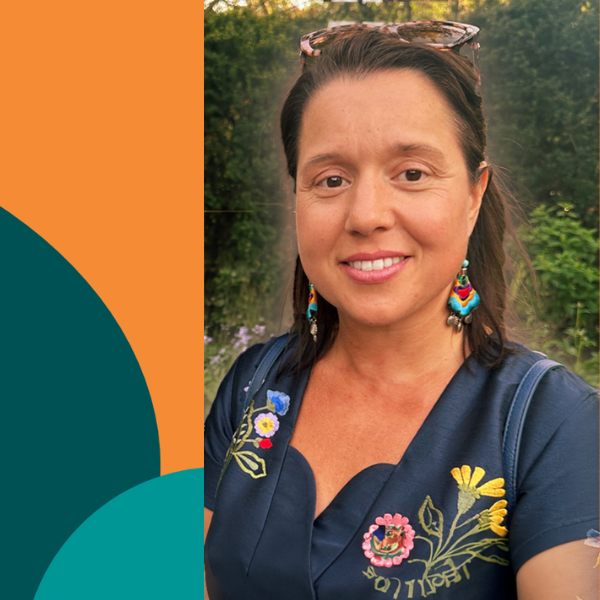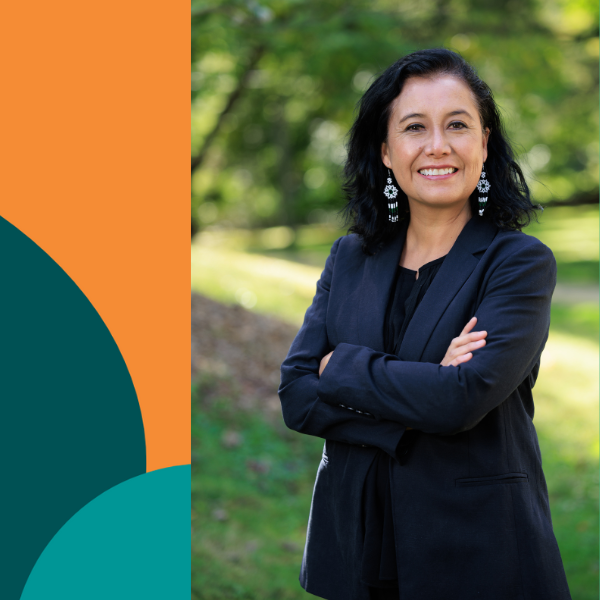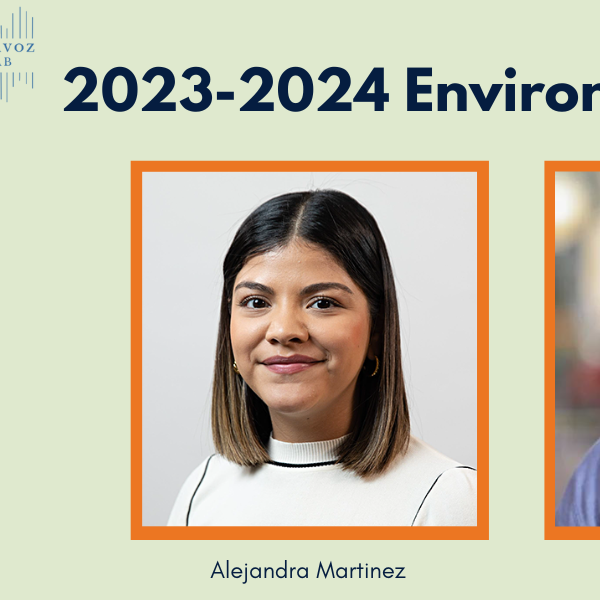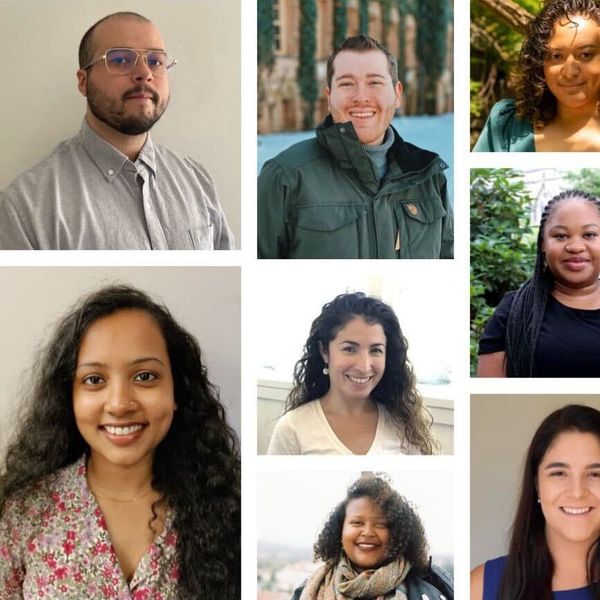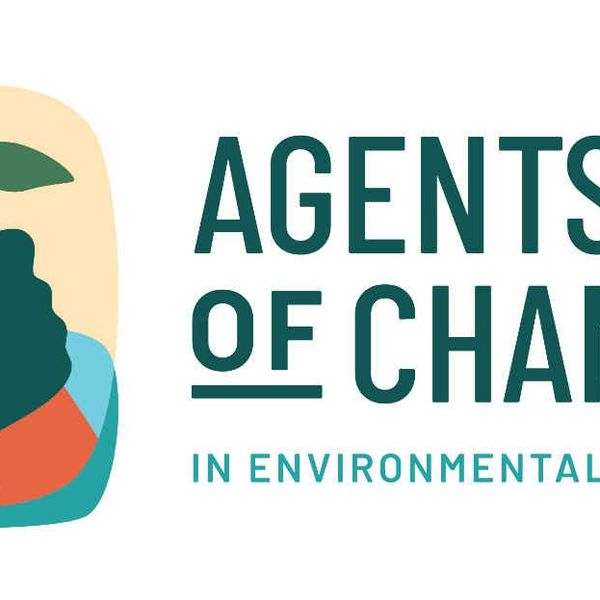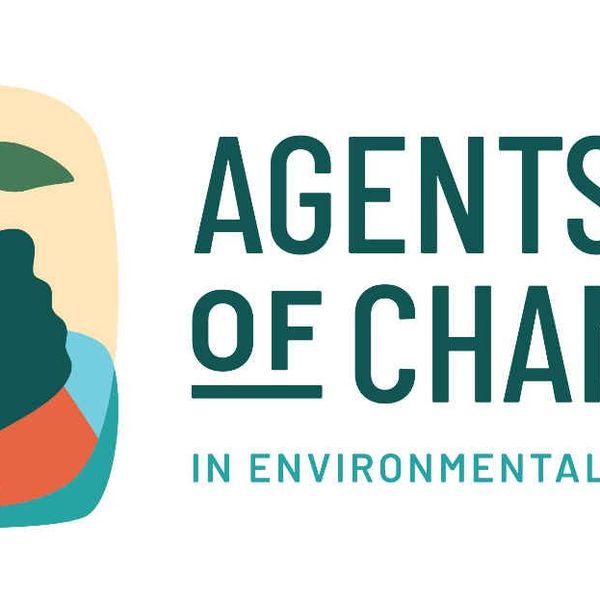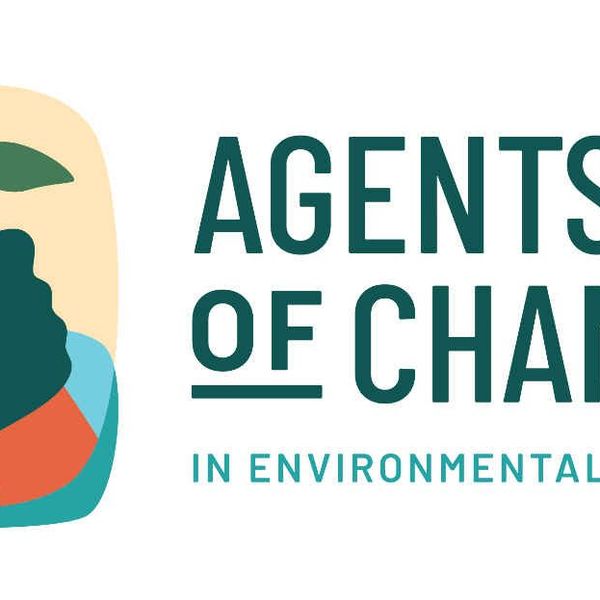"Did you hear about the rose that grew from a crack in the concrete?" asked Tupac Shakur.
I did—it's the story of Black survival in spite of living in undesirable environmental conditions.
Living conditions must be improved to ensure Black futures. As a Black woman passionate about environmental justice, this is the charge that guides my work, volunteering, and activism around transportation.
Racism and the political disenfranchisement of Black communities underlie transportation inequities. Following the Federal Aid Highway Act of 1956, urban planners routed freeways through poor communities of color to achieve the urban renewal goal of "slum" clearance and to reinforce racial segregation. Freeway construction proceeded largely without community input. Despite a few successful freeway revolts, construction continued.
This essay is part of "Agents of Change" — see the full series
It led to the demolition and displacement of Black communities due to limited political power. Sammie Abbott, who fought freeways in the early 1970s, coined the phrase, "White men's roads through [B]lack men's bedrooms."
Black communities across the U.S. faced forced removal, stolen wealth, and divided neighborhoods, which has detrimental impacts to this day. A few examples include:
- I-94 construction in the Rondo neighborhood of St. Paul, Minnesota, leading to the demolition of more than 600 homes and 300 businesses;
- I-10 construction along Claiborne Avenue in New Orleans, Louisiana, resulting in the demolition of 155 properties and 200 oak trees;
- I-75 construction in the Black Bottom neighborhood of Detroit, Michigan, causing the destruction of more than 350 businesses.
Ultimately, mid-20th century freeway construction resulted in an automobile-dominated transportation system that disproportionately placed Black homes and schools near major roadways, hindered physical and economic mobility, and contributed to racial disparities in pollution exposures, among other issues related to access, sustainability, and safety
Bay Area diesel pollution

Tree planting on MLK Day of Service at Brookfield Elementary School in East Oakland, California, in 2017. (Credit: howard dyckoff/flickr)
This historical backdrop motivated me to volunteer in the MLK Day of Service at Brookfield Elementary School in East Oakland, California, in 2017. At Brookfield, asthma and a lack of transportation are the most common reasons children miss school. State data ranks the census tract that contains Brookfield in the 99th percentile for asthma.
The high levels of asthma can be partly attributed to the adjacent I-880 freeway, which carries the highest volume of trucks in the San Francisco Bay Area. The trucks emit a harmful mix of nitrogen oxides and particulate matter, which are associated with respiratory and cardiovascular problems. Truck traffic along the I-880 worsened significantly when trucks were banned on the nearby I-580, which runs through the predominantly white Oakland Hills.
On MLK Day, we were planting trees along the sound wall that separates the school blacktop from the I-880 freeway in order to create a vegetation barrier, which absorbs and filters air pollution. By helping reduce the children's exposure to pollution, the project aimed to improve their respiratory health, a requisite for livable futures.
This essay is also available in Spanish
At the time, I was an environmental engineering doctoral student at the University of California, Berkeley. I had been struggling to figure out a research project relevant to my lab's focus on diesel truck engine controls that also satisfied my interest in doing research grounded in community service.
The tree planting project inspired me to study exposures to truck-related air pollution along the I-880 and I-580 freeways. I modeled the impacts of California's accelerated adoption of diesel truck emission control technologies on air quality and environmental justice by comparing two East Oakland communities: Brookfield Village and Sobrante Park along I-880, and Sequoyah along I-580.
The study found that while control technologies reduce inequities in air pollution exposures, concentrations remain higher along I-880 and disparities persist.
While diesel clean-up efforts reduce the disproportionate exposure burden on residents living along I-880, more must be done to advance equity.
Reparative justice

I-10 construction along Claiborne Avenue in New Orleans, Louisiana, resulted in the demolition of 155 properties and 200 oak trees. (Credit: Bart Everson/flickr)
Some might conclude that my studies support the case for simply electrifying truck fleets. But this technological "fix" is still rooted in capitalism, imperialism, and extraction, the systems that create inequities and perpetuate cycles of harm. It shifts economic exploitation and the environmental pollution burden, especially to Indigenous communities in South America where lithium for electric vehicle batteries is mined.
As Dr. Martin Luther King, Jr. said in 1967, "We must recognize that we can't solve our problem now until there is a radical redistribution of economic and political power…this means a revolution of values and other things. We must see now that the evils of racism, economic exploitation and militarism are all tied together…you can't really get rid of one without getting rid of the others…the whole structure of American life must be changed."
Dr. King's words implore us to develop transportation solutions that go beyond electrification and the comfort of single-occupancy vehicles. Transportation justice means reimagining and restructuring our communities in a manner that does not replicate capitalist extraction and systems of oppression, but addresses root causes of inequity, redistributes public goods, and uplifts people power.
Justice necessitates reparation for racial injustice and asserts the right to self-determination, as stated by Principle 5 of the 17 Principles of Environmental Justice that were developed by grassroot organizers at the First National People of Color Environmental Leadership Summit. Our transportation system must be redesigned through inclusive planning processes and with the goal of reparative justice.
At Brookfield Elementary School what if, in addition to planting trees, we replace the sound wall and the I-880 freeway with a Black-affirming space? This would begin to redress the injustices caused by freeway construction.
Supporting community visions to repair harm

Girl riding a bike on Belle Isle Park in Detroit. (Credit: Michigan DNR)
Across the nation, local and state governments have initiated freeway teardown projects with the explicit intentions of redressing historical injustice, reconnecting communities, and increasing physical and economic mobility. For example, the Minnesota Department of Transportation and local community members are developing a vision for alternatives to I-94 that will serve the neighborhoods disconnected by the highway.
The freeway teardown movement has even made its way to federal legislation. In March 2021, President Biden released The American Jobs Plan, which proposes $20 billion for projects that reconnect neighborhoods that were divided by freeway construction and advance equity. In April 2021, Democratic senators introduced The Reconnecting Communities Act, which would establish U.S. Department of Transportation grants to fund community engagement and projects to remove or retrofit freeway infrastructure, including funds for community land trusts.
The success of these projects hinges upon the co-creation of a new decision-making process that is guided by a principle of community ownership and centers Black lives and livelihoods. Furthermore, it requires that overall, infrastructure and transportation legislature deprioritize automobiles, even electric, given that they rely on the same infrastructures of harm—freeways.
I urge researchers to advocate for comprehensive solutions that help dismantle systems of oppression and support self-determined communities. One critical form of advocacy is providing data and evidence that support community-built solutions. These include specific actions, such as halting freeway expansions, tearing down freeways, and expanding access to police-free and fare-free transit, as well as comprehensive Black visions of climate and environmental justice.
Research must support community visions for healthy and livable Black futures.
This essay was produced through the Agents of Change in Environmental Justice fellowship. Agents of Change empowers emerging leaders from historically excluded backgrounds in science and academia to reimagine solutions for a just and healthy planet.
Banner photo: Author Regan Patterson (left) planting trees along a highway sound wall in the Bay Area. (Credit: Azibuike Akaba)



